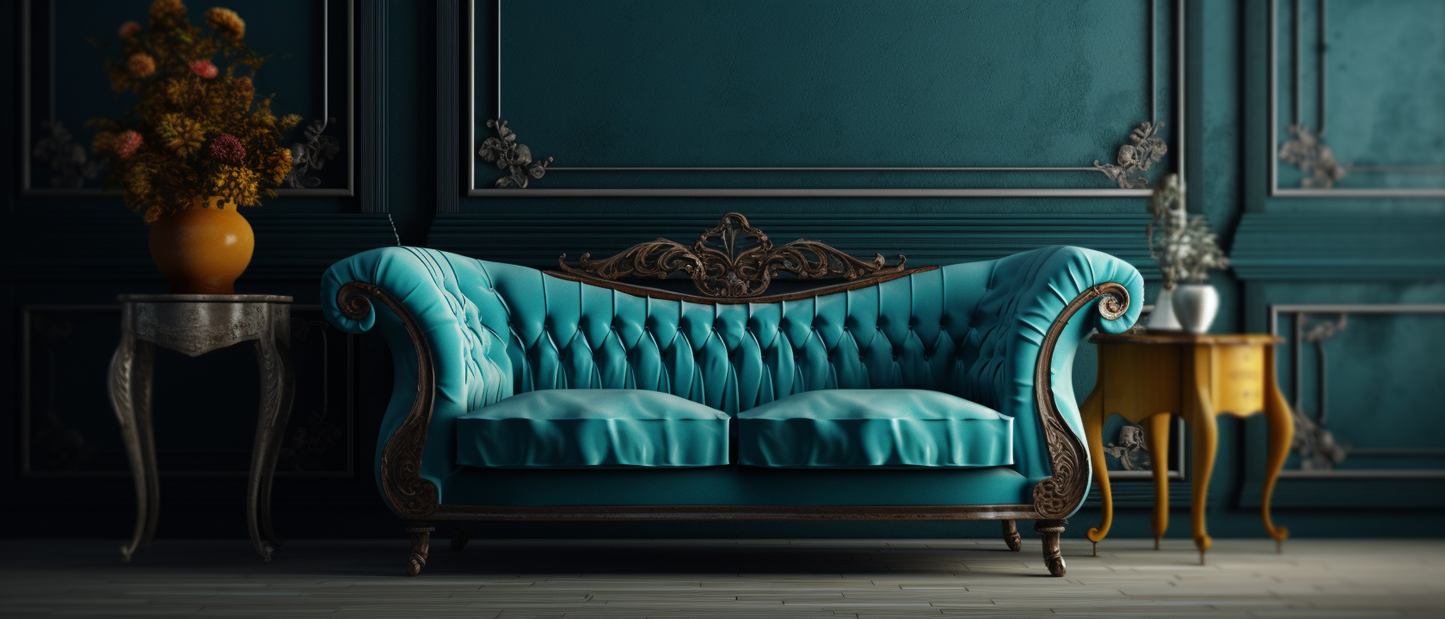
Furniture design is a fascinating reflection of societal changes, cultural shifts, and technological advancements. Over the years, we've seen dramatic transformations in furniture styles, from the ornate designs of the Victorian era to the sleek, minimalist trends of today. Let's take a journey through time and explore how furniture designs have evolved and what's driving the current trends.
Victorian Era: Opulence and Ornamentation
During the Victorian era (1837-1901), furniture was characterized by its ornate designs, dark woods, and heavy fabrics. This was a time of prosperity and industrialization, and the furniture of the period reflected this with its emphasis on luxury and detail.
Mid-Century Modern: Function and Simplicity
Fast forward to the mid-20th century, and we see a stark contrast to the Victorian era. The mid-century modern style, popular from the 1940s to the 1960s, emphasized simplicity, functionality, and natural shapes. Furniture was often made from new materials like molded plastic, plywood, and aluminum, reflecting the technological advancements of the time.
Late 20th Century: Eclecticism and Individualism
The late 20th century saw a move towards eclecticism in furniture design. There was no dominant style; instead, people began to mix and match different styles to create unique, individualistic spaces. This was a reflection of the growing emphasis on personal expression and individualism in society.
21st Century: Minimalism and Sustainability
Today, one of the dominant trends in furniture design is minimalism. This style, characterized by clean lines, neutral colors, and a lack of clutter, reflects our desire for simplicity and tranquility in an increasingly busy and chaotic world.
Another significant trend in contemporary furniture design is sustainability. As awareness of environmental issues grows, more people are seeking out furniture made from sustainable materials or opting for furniture rental to reduce waste. Companies like Homebound are leading the way in this trend, offering high-quality, stylish furniture for rent, promoting a circular economy.
Conclusion
The evolution of furniture design is a fascinating journey that mirrors societal changes. As we move forward, it's likely that sustainability and flexibility will continue to be key drivers of furniture design trends. By understanding these trends, we can make informed choices about the furniture we choose for our homes, creating spaces that are not only stylish and comfortable but also aligned with our values.
